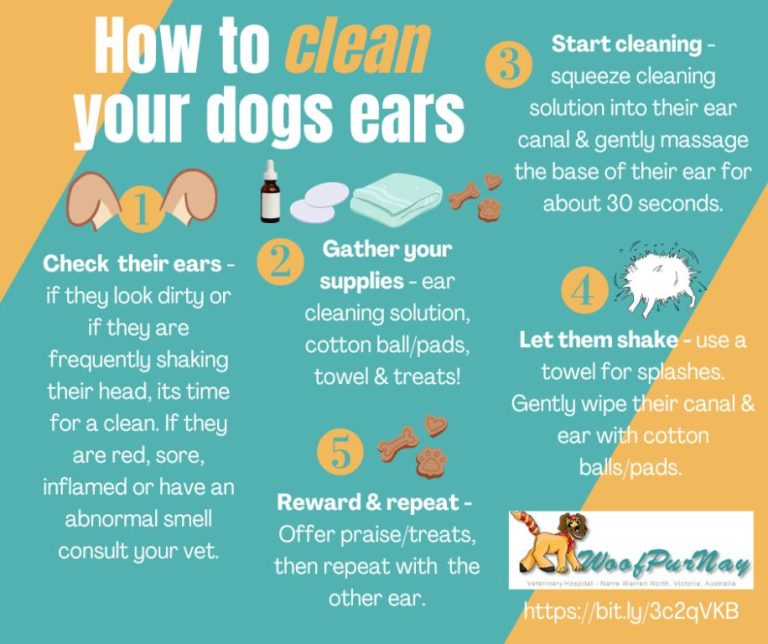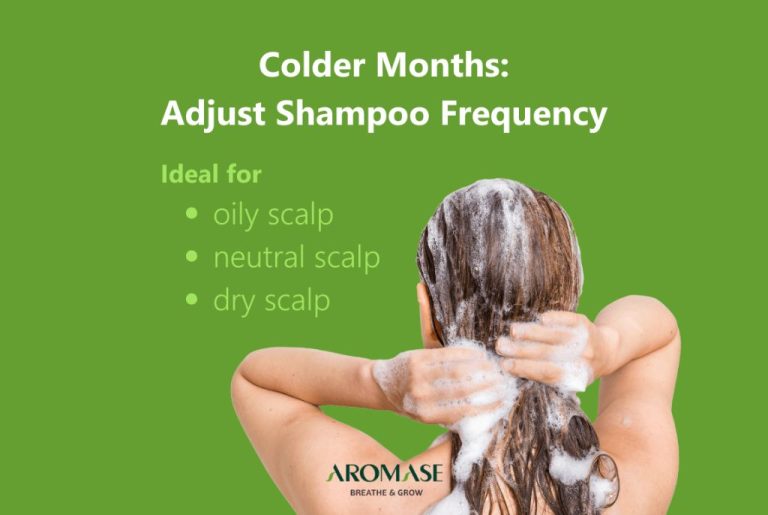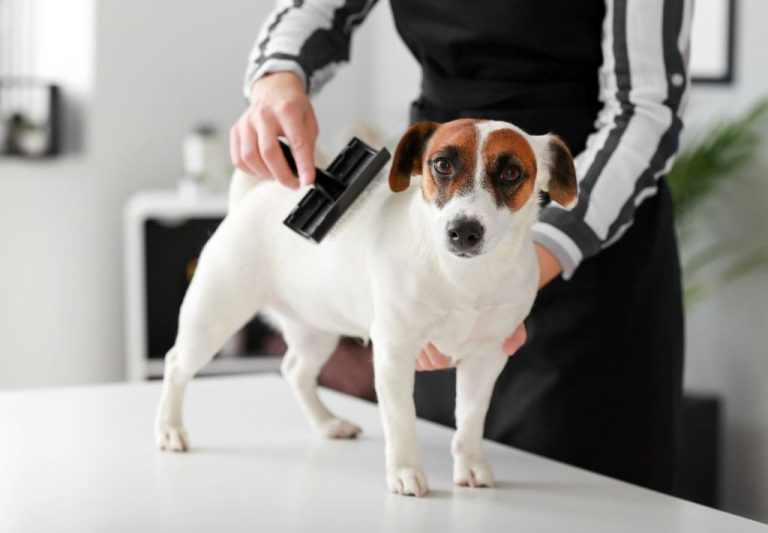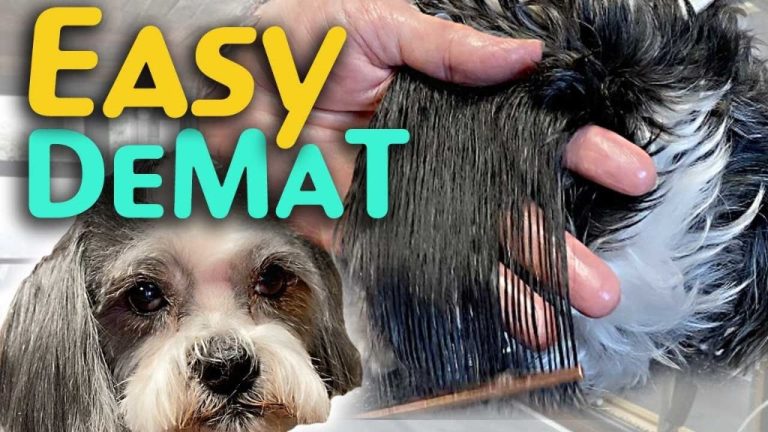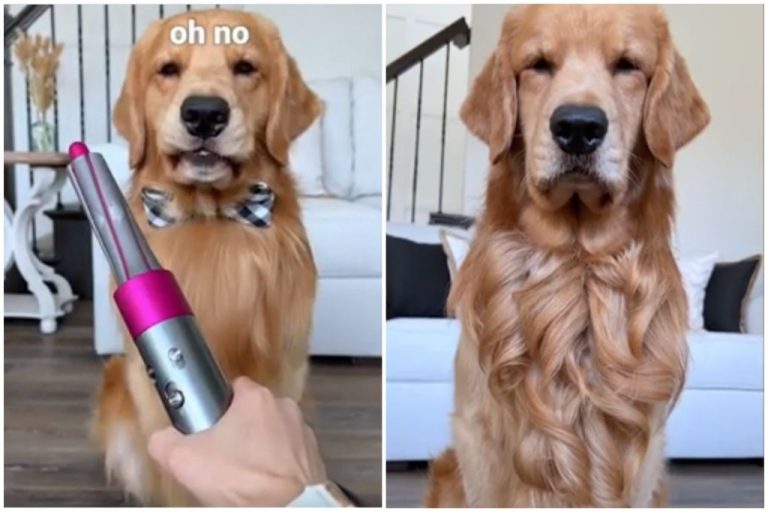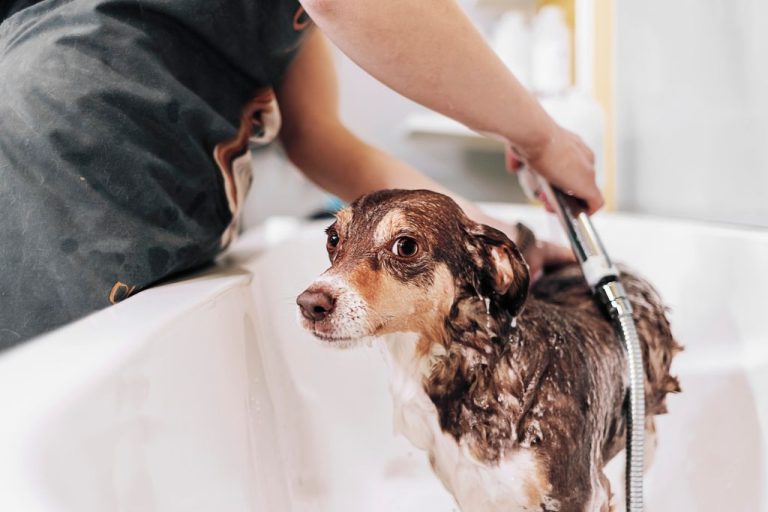Paw Care: Protecting Your Dog’S Pads And Nails
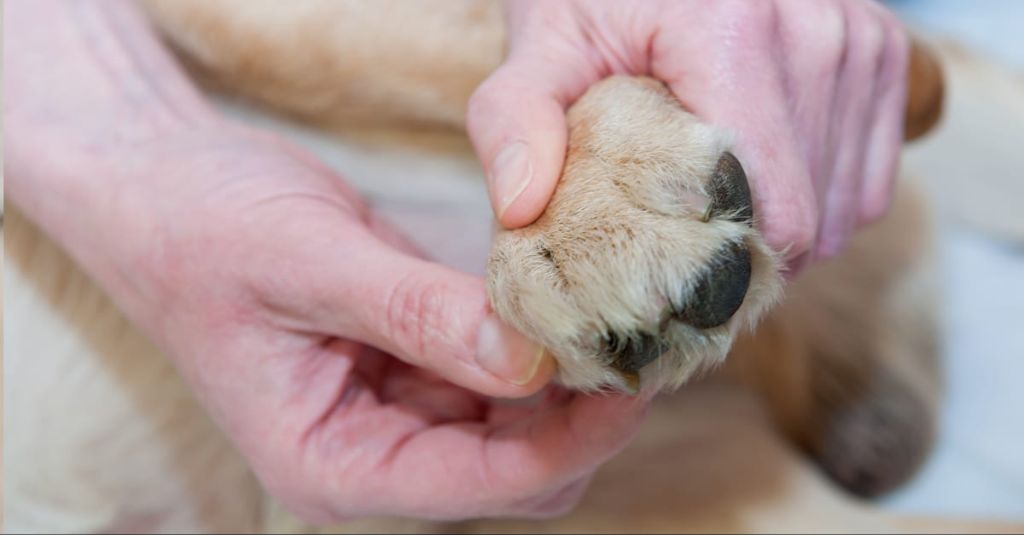
A dog’s paws are one of the most important parts of its body. The pads on a dog’s paws serve as shock absorbers and help protect its feet from cuts, burns, and irritants. Keeping your dog’s paws healthy and protected should be a top priority for any pet owner.
Proper paw care involves regularly checking your dog’s paws for any problems, keeping the pads moisturized, trimming nails, and treating any injuries right away. Neglecting paw care can lead to painful cracked pads, ingrown nails, infections, and paw injuries from sharp objects or hot pavement.
In this article, we will provide tips on preventing and treating common paw problems in dogs. Taking good care of your dog’s paws will help ensure they stay happy, comfortable, and active for years to come.
Common Paw Problems
Dogs’ paws can be susceptible to various injuries and issues that require care and treatment. Some of the most common paw problems include:
Cuts and Cracks
Cuts and cracks in a dog’s paw pads or skin can be caused by sharp objects outdoors, rough surfaces, or even overgrown nails scratching the skin. These injuries are painful and prone to infection if left untreated. Clean any cuts gently with soap and water, apply antibiotic ointment, and wrap the paw to keep it clean while healing. See a vet for deep cuts or those that won’t close. According to one source, “Your furry friend’s paws may be tough but they can be injured by hot and cold surfaces, broken glass, sticks, or sharp stones” (https://westfieldvethospital.com/blog/how-to-treat-common-paw-problems-in-dogs/).
Burns
Dogs can burn their paws on hot concrete, asphalt, or sand in summer. Signs include limping, licking the paws, and blisters or redness on the pads. Cool the paw immediately with water or an ice pack (wrapped to avoid cold burn), apply aloe vera gel, and avoid hot surfaces during walks. Severe burns may require a vet’s care.
Irritated Paws
Allergies, plant irritants, harsh chemicals, or excess moisture can cause red, itchy, irritated paws. Gently wash the paws, apply a soothing balm, and monitor for signs of infection. Identify and avoid the cause of irritation. See a vet if it persists. According to one source, “There are a variety of reasons that the nails may become overgrown or the paws irritated” (https://toegrips.com/dog-paw-anatomy/).
Infections
Bacteria, fungi, and yeast can infect dogs’ paws, especially between the toes, causing redness, swelling, oozing, and foul odor. Use a gentle antiseptic wash on the paws, apply antibiotic ointment, and monitor for spreading infection. Oral antibiotics from a vet may be needed for serious infections. Keeping paws clean and dry can help prevent infections from developing.
Preventing Paw Injuries
There are several ways to help prevent injuries to your dog’s paws:
Trimming Nails
Keeping your dog’s nails trimmed is important to prevent cracked or injured pads. Long nails can catch on surfaces and rip or tear the pads. Aim to trim your dog’s nails every 2-4 weeks depending on growth rate. Use sharp nail clippers designed for dogs and trim just the clear portion of the nail, avoiding the quick which contains blood vessels and nerves. Go slowly and don’t trim too close to avoid pain and bleeding.
Moisturizing Pads
Dry, cracked pads are more prone to injury and infection. Apply a dog-safe paw balm or coconut oil to your dog’s pads daily to keep them supple and moisturized. This helps protect the pads from cuts and irritation (PetAssure).
Booties
Using dog booties can protect your dog’s paws from hot pavement, icy conditions, rough terrain, and chemical residues. Look for booties that fit well and stay on during activity. Introduce your dog to wearing booties gradually at home first before going outside.
Treating Cuts and Cracks
If your dog has a cut or crack in their paw pad, it’s important to treat it properly to avoid infection and promote healing. Here are some tips for treating minor paw pad injuries:
First, gently clean the wound by rinsing it with cool water or a saline solution to remove any dirt or debris. Be sure not to scrub hard, as this can further irritate the injury. According to veterinarians at Berkeley Dog and Cat Hospital, you can use a non-stick sterile gauze pad to cushion the cut pad and absorb any blood while cleaning [1].
After cleaning, apply a dog-safe disinfectant. Ferguson Animal Hospital recommends using a gentle antiseptic wash and patting dry [2]. This will help prevent infection from developing.
Then, wrap the paw in a light, breathable bandage or tape gauze pads over the wound. Be sure not to wrap too tightly. The bandage protects the injury site, absorbs drainage, and keeps it clean while healing. PawFlex and BandageBuddy make specialized dog leg wraps and bandages designed for paw injuries.
Keep your dog resting and limit activity while the cut heals. Take them on short leash walks only to relieve themselves. Running, jumping, and chewing at bandages can reopen wounds. Keep the bandage dry and change it every 1-2 days. See the vet if you notice increased redness, swelling, discharge or if your dog is in pain.
Healing Irritated Paws
If your dog’s paws are red, itchy, and irritated, it’s likely caused by an allergy or irritant. The most common allergies are to grass, pollen, or food ingredients. Irritants can include hot pavement, harsh chemicals in cleaners or lawn treatments, salt during winter, or abrasive surfaces like concrete or gravel. Identifying and avoiding the allergen or irritant is key to allowing your dog’s paws to heal.
Applying a soothing ointment can help relieve irritation and promote healing. Look for ointments containing natural ingredients like aloe vera, oatmeal, shea butter, coconut oil, or tea tree oil. Apply a small amount to clean, dry paws 2-3 times per day. Bag Balm and Musher’s Secret are popular options. You can also try making a baking soda paste with a little water to create a soothing compress for irritated paws.
Keep your dog’s paws clean by gently wiping with a damp cloth after walks. Rinsing off allergens and irritants can prevent further inflammation. It’s also a good idea to rinse paws after walks to remove any lawn treatment chemicals which can burn sensitive paw pads.
Disinfecting Infected Paws
Infections between your dog’s toes or on the pads of their paws can be very painful. Some common signs of a paw infection include redness, swelling, oozing, and foul odor. Paw infections are often caused by bacteria, yeast, or fungus. It’s important to identify the cause and treat the infection properly.
To disinfect an infected paw, you’ll need a gentle antiseptic solution. A mild chlorhexidine solution is commonly used and can be purchased at most pet stores. Dilute it according to the instructions. Other options include dilute povidone iodine or warm salt water. Gently wipe the infected area with a cotton ball soaked in the solution. Be sure not to scrub too hard. Applying an antibiotic or antifungal ointment afterwards can help clear up the infection.
If the infection worsens or doesn’t improve within a few days, contact your veterinarian. They can prescribe oral antibiotics or antifungals to treat the infection internally as well. With proper cleaning and medication, most mild paw infections can be cleared up within a week or two.
Sources:
https://www.greatpetcare.com/dog-health/dog-paw-infections-causes-symptoms-and-treatments/
https://wagwalking.com/grooming/clean-a-wound-on-a-dogs-paw
Caring for Burned Paws
If your dog’s paws are burned, it is important to provide prompt first aid to soothe the pain and prevent infection. According to Betterpet.com, the first step is to rinse the paw pads with cool water to remove any debris and help reduce inflammation. You can also apply a cool compress or soak the paws in cool (not ice cold) water for 10-15 minutes to help draw out the heat from the burn.
To manage pain, you can give your dog an over-the-counter pain medication like acetaminophen or ibuprofen. Be sure to consult your vet on proper dosing. You’ll also want to avoid having your dog walk on hot pavements until their paws have fully healed. Bandaging the paws with sterile gauze and wrapping can protect burned paw pads from irritation. Change the bandages frequently to keep the wounds clean.
It’s important to let burns heal properly to avoid complications. Keep a close eye on the wounds for signs of infection like redness, swelling, discharge or a bad odor. See the vet promptly if you notice any of these symptoms. With prompt first aid and proper wound care, most mild paw pad burns can heal within a week. But some deep burns may require veterinary treatment with antibiotic ointments and pain medication to heal properly.
Keeping Paws Moisturized
It’s important to keep your dog’s paws properly moisturized to prevent cracking and irritation. The pads on a dog’s paws can become dry and cracked, which can be painful and allow bacteria to enter causing infection. Using a moisturizing balm or wax can create a protective barrier and prevent cracking.
Some top recommended products for moisturizing dog paws are Musher’s Secret Paw Wax and Bag Balm. These provide a layer of protection from harsh elements like snow, ice, salt, and hot pavement. The wax or balm should be massaged thoroughly into the paw pads and in between the toes. This allows the moisturizer to fully penetrate the paws.
Natural oils like coconut oil, olive oil, or vitamin E oil can also be used to hydrate paws. Apply a small amount of oil and massage into the pads daily. The oils soak into the skin and promote healing of any cracks. Be sure to choose ingestible oils, as dogs often lick their paws.
Moisturizing your dog’s paws is an important part of protecting them from injury and infection. Keeping the pads supple and hydrated with balms, waxes, or oils can prevent many paw problems.
Trimming Nails
Keeping your dog’s nails trim and short is an important part of paw care. Long nails can curve and grow into the paw pads or twist toes in an unnatural way. This can cause pain and damage to the feet. Trimming your dog’s nails regularly will help avoid issues.
When trimming, focus on taking small amounts off the end, using sharp trimmers designed for pets. Clip carefully to avoid cutting the quick, which is the blood vessel inside the nail. Cutting the quick will cause bleeding and pain. Go slow and check the inside of the nail often. The quick can be seen as a pinkish area inside the nail.[1] If you accidently cut the quick, use a pinch of styptic powder or cornstarch to stop the bleeding.
To make nail trims easier, start young so your dog gets used to it, give praise and treats, and stay calm. Go slow, just taking a little off at a time. Doing nails as part of a regular routine helps avoid overgrowth.
When to See a Vet
Some paw injuries and issues require veterinary attention. You should take your dog to see the vet if:
– There is severe bleeding from a wound on the paw that does not stop after 5-10 minutes of pressure. Prolonged bleeding could lead to blood loss and require stitches or other treatment (source).
– There are signs of a skin infection, such as redness, swelling, discharge, foul odor, and warmth around the area. Infections need prescription medications to resolve (source).
– Your dog is excessively licking and chewing at their paws. This could indicate an underlying allergy or other issue that requires diagnosis and treatment.
– There are abnormalities in the paw pads or nails, such as unusual growths, cysts, or masses. These should be evaluated by a vet to determine if they are benign or malignant.
– Your dog is limping or holding their paw up. This could signal an injury or fracture that requires veterinary care.
– The paw injury is not healing properly or improves and then worsens again. The vet can assess for underlying complications.
– Your dog’s paws show signs of burns, such as blistering, redness, or charring. Burns need urgent veterinary treatment.

